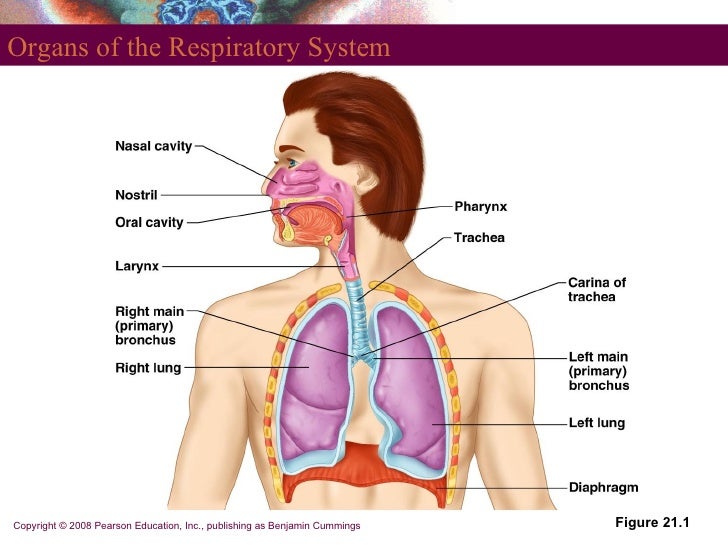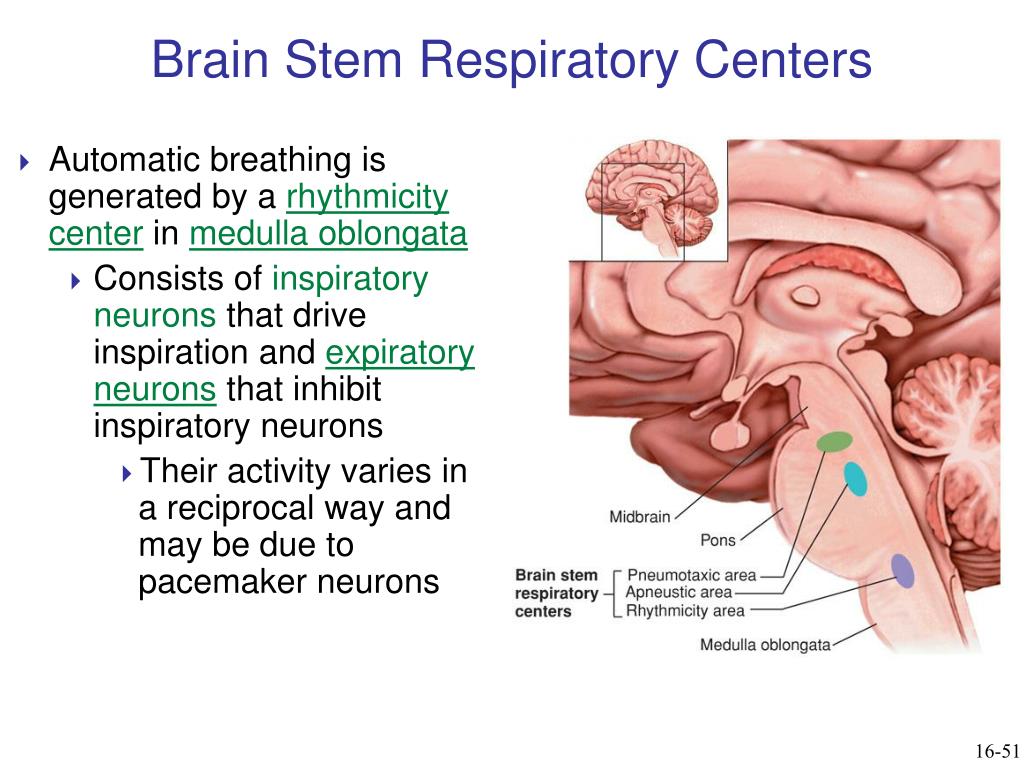45 respiratory system with labels and functions
respiratory system labeling Diagram | Quizlet mediastinum. space between the lungs that contains the trachea, heart, lymph nodes, aorta, esophagus and bronchi. bronchial tubes. branches of the trachea that are passageways into the lungs. lung. pair of organs into which air travels and oxygen and carbon dioxide are exchanged. terminal bronchiole. very small end of the bronchioles that lead ... › Doctors-Best-Quercetin-BromelainAmazon.com: Doctor's Best Quercetin Bromelain, Immunity ... Studies have shown that Quercetin can also support healthy airway function by maintaining a healthy balance of immune system cells within the respiratory system. DIETARY SUPPLEMENT - High Potency Bromelain 3000 GDU per capsule, has 500 Mg of Quercetin with 250 Mg Bromelain in a serving size of 2 Veggie Capsules ; Non-GMO and Gluten Free
Respiratory System | Interactive Anatomy Guide - Innerbody Respiratory System. The cells of the human body require a constant stream of oxygen to stay alive. The respiratory system provides oxygen to the body's cells while removing carbon dioxide, a waste product that can be lethal if allowed to accumulate. There are 3 major parts of the respiratory system: the airway, the lungs, and the muscles of ...
Respiratory system with labels and functions
quizlet.com › 134409034 › urinary-system-flash-cardsUrinary System Flashcards | Quizlet Along with the urinary system, the other systems of the body that affect the composition of body fluids are integumentary, respiratory, and digestive Dilation of the afferent arteriole and glomerular capillaries and constriction of the efferent arteriole causes Respiratory system structure and function - BBC Bitesize The respiratory system transports oxygen from the air we breathe, through a system of tubes, into our lungs and then diffuses it into the bloodstream, whilst carbon dioxide makes the opposite journey. Anatomy of the Respiratory System - Health Encyclopedia - University of ... The respiratory system is made up of the organs included in the exchange of oxygen and carbon dioxide. These are the parts: Nose Mouth Throat (pharynx) Voice box (larynx) Windpipe (trachea) Large airways (bronchi) Small airways (bronchioles) Lungs The upper respiratory tract is made up of the: Nose Nasal cavity Sinuses Larynx Trachea
Respiratory system with labels and functions. Respiratory system: Anatomy and functions | Kenhub The main function of the respiratory system is pulmonary ventilation, which is the movement of air between the atmosphere and the lung by inspiration and expiration driven by the respiratory muscles. The respiratory system works as a whole to extract the oxygen from the inhaled air and eliminate the carbon dioxide from the body by exhalation. Respiratory System - Definition, Function and Parts - Biology Dictionary Respiratory System Function Primary Function The primary function of the respiratory system is gas exchange. Animal cells use oxygen and produce carbon dioxide as a byproduct. Not only do animals need a way to get more oxygen into the cells, but they also need a way to remove carbon dioxide. The respiratory system provides this functionality. 5 Functions of Respiratory System | Respiratory Anatomy The following are the five key functions of the respiratory system. 1. Inhalation and Exhalation Are Pulmonary Ventilation—That's Breathing The respiratory system aids in breathing, also called pulmonary ventilation. In pulmonary ventilation, air is inhaled through the nasal and oral cavities (the nose and mouth). Respiratory System Anatomy, Diagram & Function | Healthline Lungs: Together the lungs form one of the body's largest organs. They're responsible for providing oxygen to capillaries and exhaling carbon dioxide. Bronchi: The bronchi branch from the trachea...
Respiratory System Organs and Their Functions - New Health Advisor The airways (nose, mouth, pharynx, larynx etc.) allow air to enter the body and into the lungs. The lungs work to pass oxygen into the body, whilst removing carbon dioxide from the body. The muscles of respiration, such as the diaphragm, work in unison to pump air into and out of the lungs whilst breathing. Physiology of Gas Exchange PDF Breathe In, Breathe Out: The Respiratory System Respiratory System (PDF) Your Body: Your Lungs (PDF) Your Respiratory System (PDF) Introduction (10 minutes) Tell your students that today they will learn about the respiratory system. Display a poster and divide it into two columns, with the û rst column labeled with know and the second column labeled with learned. Ask your students what they ... › nutritionsource › vitamin-dVitamin D | The Nutrition Source | Harvard T.H. Chan School ... Heart disease. The heart is basically a large muscle, and like skeletal muscle, it has receptors for vitamin D. [39] Immune and inflammatory cells that play a role in cardiovascular disease conditions like atherosclerosis are regulated by vitamin D. [40] The vitamin also helps to keep arteries flexible and relaxed, which in turn helps to control high blood pressure. Respiratory System - Medical Terminology for Healthcare Professions The cilia of the respiratory epithelium help to remove mucus and debris with a constant beating motion, sweeping materials towards the throat to be swallowed. This moist epithelium functions to warm and humidify incoming air. Capillaries located just beneath the nasal epithelium warm the air by convection.
Respiratory system diagram: Function, facts, conditions, and more The respiratory system allows people to breathe. It is made up of several organs and structures that transport air into and out of the lungs, exchanging oxygen with carbon dioxide. While the... medcell.med.yale.edu › histology › immune_system_labHistology - Yale University The immune system is important for the elimination of harmful foreign pathogens, which it achieves via its ability to distinguish self from non-self. A broad spectrum of pathology may result when the system is not functioning properly; some of the examples include immunodeficiency, autoimmunity, and hypersensitivity. The 12 parts of the respiratory system (characteristics and functions) In this sense, the respiratory system consists mainly of the nostrils, mouth, pharynx, larynx, trachea, lungs and diaphragm. And some of them, in turn, are divided into other structures that we will also analyze. Let's go there. 1. Nostrils The nostrils are the beginning of the respiratory system. Structure of The Respiratory System, Related to Function Outline the afferent and efferent innervation of the lungs. 7. Describe the gross structure of the chest and thoracic viscera, the way they bring about breathing, and how this is disrupted by pneumothorax. 8. Explain the embryological origins of the respiratory system and congenital abnormalities that may arise. 9.
Respiratory System for Kids (Diagram + Theory + Vocabulary) The first one is a keyring and the second one a label activity with the main respiratory system organs. You can find two pages with some pictures and definitions of the Respiratory system principal organs. The idea is to make your pupils create their keyrings. If you want your students to have access ...
Respiratory System Parts and Functions for Kids - HowForKids Respiratory System: Lungs Function The lungs take up much of the space inside our chest (thorax). They are protected by the rib cage. This "cage" is formed by the ribs, and it surrounds the lungs to keep them safe. Below the lungs there's the diaphragm. It is a muscle that alternately rises and drops during the breathing process.
Human Respiratory System - Diagram - How It Works | Live Science The diaphragm is a dome-shaped muscle below the lungs that controls breathing. The diaphragm flattens out and pulls forward, drawing air into the lungs for inhalation. During exhalation the ...
What is the Respiratory System: Diagram and Function Respiratory System Functions. During inspiration, the rib cage moves outwards and upwards and the diaphragm lowers increasing the volume of the thoracic cavity. This causes the internal pressure in the lungs to be lower than the atmospheric pressure. The difference in pressure forces air (introducing oxygen to the alveoli) in to the lungs.
Functions of the Respiratory System The respiratory system is made up of multiple small and large organs, bones, and muscles, which all work together to accomplish each task of the system. Broadly classified into the upper and lower respiratory tracts, here are the functions of the different parts: Upper Respiratory System Function of the Nose
quizlet.com › 620847462 › autonomic-system-flash-cardsAutonomic system Flashcards | Quizlet Primitive functions, such as blood pressure, heart rate, body temperature, metabolism, and respiratory airflow, are regulated by visceral reflexes. The autonomic nervous system quietly manages a myriad of unconscious processes responsible for the body's homeostasis.
Respiratory System Anatomy and Physiology - Nurseslabs The functions of the respiratory system are: Oxygen supplier. The job of the respiratory system is to keep the body constantly supplied with oxygen. Elimination. Elimination of carbon dioxide. Gas exchange. The respiratory system organs oversee the gas exchanges that occur between the blood and the external environment. Passageway.
14 Best Images of Urinary System Worksheets - Blank Urinary System, Urinary System Anatomy and ...
The Respiratory System - Diagram, Structure & Function The function of the human respiratory system is to transport air into the lungs and to facilitate the diffusion of oxygen into the bloodstream. It also receives waste Carbon Dioxide from the blood and exhales it. Here we explain the anatomy of the airways and how oxygen gets into the blood.
› skindeep › ingredientsEWG Skin Deep® | What is LIMONENE Limonene is a scent ingredient and solvent naturally ocurring in the rind of citrus fruit. Upon storage and exposure to sunlight and air, limonene degrades to various oxidation products which act as skin and respiratory irritants and sensitizers.





Post a Comment for "45 respiratory system with labels and functions"